
A Golden Era of Cell-Assisted Aging
A Golden Era of Cell-Assisted Aging
Back to the Future
For Mary, aging was not dying – it was disability; A transformative therapy, using her own Adipose-Derived Regenerative Cells (ADRCs), brought her Back to the Future.
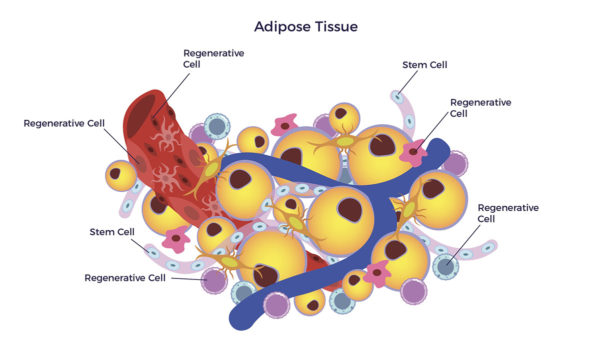
In the summer of 2014, Mary’s doctor admitted her to the Cleveland Clinic ICU. After two weeks, the doctors sent her home with but one recommendation: Prepare for hospice.
Several months later, AMBROSE Cell Therapy’s predecessor group treated Mary with a novel ADRC-based protocol. Seven years after that single treatment, Mary celebrated her 93rd birthday with friends.
In 2021, Mary lived independently, her Parkinson’s symptoms were mild compared to her baseline, and her mood was upbeat. [1] She exercised at the gym four days per week. Her back pain and sciatica had long since resolved.
Science Fiction Becomes Reality
Perhaps the renowned science fiction author Ray Bradbury foretold Mary’s outcome in The Illustrated Man, “She went back to the future,’ he said. ‘I mean it. She was an old woman in a little house in the middle of Wisconsin here, somewhere not far from this place. An old witch who looked a thousand years old in one moment and twenty years old the next, but she said she could travel in time. I laughed. Now I know better.’ “
Mary’s remarkable turnaround turned sci-fi into reality, as often happens with that genre. But how did Mary’s ADRCs help her time travel, particularly with the odds stacked against her?
Mary’s Story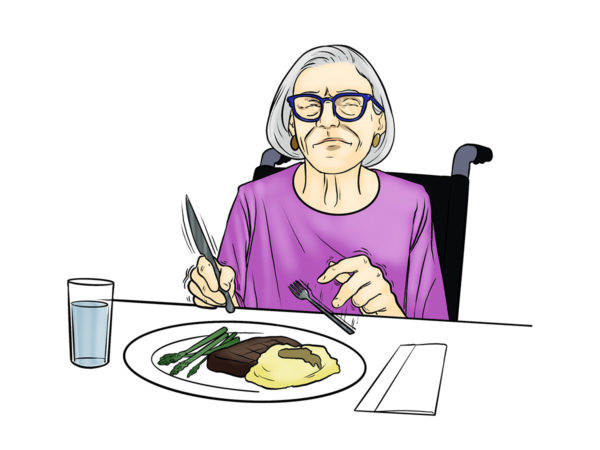 By 86, Parkinson’s had disabled, depressed, and hurt Mary. Tremors prevented her from using a fork and knife.
By 86, Parkinson’s had disabled, depressed, and hurt Mary. Tremors prevented her from using a fork and knife.
She lived with chronic back pain and sciatica after a fall that fractured her back in three places. Mary relied on 24/7 care.
In May of 2014, Mary attended her granddaughter’s wedding in a wheelchair. Per her primary care physician, “All the guests were commenting on her deteriorating health and how they did not expect her to survive much longer.”
After spending two weeks in the Cleveland Clinic ICU, the doctors told Mary to get her affairs in order. All this left her depressed with thoughts of suicide.
 In October 2014, Ambrose’s predecessor group treated Mary with a novel ADRC-based protocol, which sparked her Comeback to the Future. Seven years after that single treatment, Mary celebrated her 93rd birthday with friends.
In October 2014, Ambrose’s predecessor group treated Mary with a novel ADRC-based protocol, which sparked her Comeback to the Future. Seven years after that single treatment, Mary celebrated her 93rd birthday with friends.
She lived independently, her Parkinson’s symptoms were mild compared to her baseline, and her mood was upbeat. Mary walked on the treadmill and worked out at the gym four days per week. Her back pain and sciatica had long since resolved.
Living to 93 is one thing; it’s another to be active and enjoy life despite all odds.
Aging’s Dismal Future
Until cell therapy sparked Mary’s recovery, she shared a dismal future with over 100 million adults. Four out of ten adults live with two or more chronic diseases.
 As we age, the situation becomes dire: The average senior sees seven doctors and takes seven meds per year.
As we age, the situation becomes dire: The average senior sees seven doctors and takes seven meds per year.

Connecting the Dots
At the time of Mary’s treatment, stem cell researchers had not yet connected the common factors of age-related conditions with the cellular mechanisms that enabled Mary’s remarkable reversal of symptoms, function, and quality of life. The secret to going Back to the Future lies in that relationship.
Coming Back to the Future, we now understand that Mary’s ADRCs abided by the laws of nature. But how? Centuries-long research held the clue. And new-age science and technology unraveled the mystery. More on that later, first, let’s catch up with the past.
Back to Nature – Physiology, and Balance
Going Back to the Future requires going back to basics, starting with physiology. Physiology traces its roots to ancient India, Egypt, and Greece.
- Hippocrates, the Father of Medicine, played a crucial role in introducing the Four Humors (bodily fluids). His fifth-century BC treatise, The Nature of Man, defined good health as the balance and mixture of the humors while their imbalance and separation caused disease.
- Jean Fernel (1497-1558), a French physician, introduced the term “physiology,” from Ancient Greek, meaning “study of nature, origins.” In other words, physiology refers to the body’s natural processes, functions, and systems. He published his book The Natural Part of Medicine in 1542.
- In the 1870s, Claude Bernard, a French physiologist, described how complex organisms must maintain balance in their internal environment, or “milieu intérieur,“to lead a “free and independent life” in the world beyond.
- Fifty years later, physiologist Walter Cannon coined the term homeostasis, expanding on Hippocrates’, Fernel’s, and Bernard’s work. From the Greek words for “same” and “steady,” homeostasis refers to the physiologic balance necessary for survival.
- In 1948, biologist Claude Shannon, Ph.D., wrote the Magna Carta of the Information Age, Information Theory. Here, Shannon bridged DNA signaling processes to digital communications. [2] His paper ignited the technology revolution. In other words, our iPhones, computers, and the Internet evolved from cellular crosstalk.
- It took another six decades for Arnold Caplan, Ph.D., a stem cell researcher at Case Western University, to connect physiology, homeostasis, and Information Theory to stem cell biology.
Big Pharma’s Profitable Failure
In contrast, Big Pharma ignores these fundamentals in favor of drugs, many with risks than can outweigh the benefits. For example, Dr. Armon Neel Jr. cautions that ten drug classes can cause or contribute to memory loss, brain fog, and fatigue.
Conventional medicine adheres to Big Pharma’s “one drug, one disease” model. Here, doctors prescribe pharmaceuticals that suppress the primary factor causing a disease or a symptom. This approach has done little to improve patients” healthspan with age-related diseases. And it did not work for Mary either.
In Mary’s case, she was taking Sinemet for tremors, Lyrica for pain, and Cortisone shots for sciatica – at a minimum. Drug companies make a lot of money from multiple drug prescriptions (polypharmacy) – but Mary’s health did not profit to the same degree, e.g., she talked of suicide, a known side-effect of both Lyrica and Sinemet.
Mary’s Comeback
As her daughter said 18 months after Mary’s treatment, “For her back, the results were incredible. She had two fractures in her lower lumbar. A lot of people never would have gotten out of bed, but she’s 87, and we call her the comeback kid. She’s up at the gym almost every day now with her trainer, who sometimes has to ask her to tone it down, so she doesn’t over-exert herself!”
“Beyond that, now she is walking very straight and isn’t shuffling her feet. Occasionally when she’s tired, she’ll veer off a little, but she’s not using a walker or a cane. She is doing really, really well, and a lot of this is due to the stem cell therapy.
Is Mary’s story a placebo effect? It all sounds too good to be true, but other Patient-Reported Outcomes demonstrate Mary’s benefits are not unique to her.
Bridging the Gap
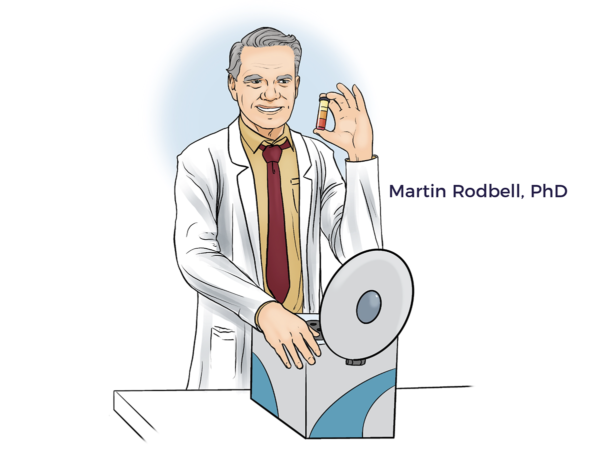 In the mid-1960s, Martin Rodbell, Nobel Laureate for Physiology or Medicine, isolated a mixed population of regenerative cells in fat or adipose tissue called stromal vascular fraction (SVF). Stroma means connective tissue (fat). Fraction is the cellular fraction liberated from the outer lining of the vessels intermingled in the fat.
In the mid-1960s, Martin Rodbell, Nobel Laureate for Physiology or Medicine, isolated a mixed population of regenerative cells in fat or adipose tissue called stromal vascular fraction (SVF). Stroma means connective tissue (fat). Fraction is the cellular fraction liberated from the outer lining of the vessels intermingled in the fat.- In 1991, Arnold Caplan, Ph.D., envisioned “the emergence of a new therapeutic paradigm, “Self-Cell Repair”. Dr. Caplan postulated that a person’s adult stem cells, which he named mesenchymal stem cells (MSCs), could be used to repair diseased tissues and organs.

 Ten years later, UCLA researchers Patricia Zuk et al. discovered the most accessible, abundant, and potent source of MSCs: Adipose Tissue. Zuk’s group bridged the gap between the age-old science of physiology and the new-age medicine of ADRCs.
Ten years later, UCLA researchers Patricia Zuk et al. discovered the most accessible, abundant, and potent source of MSCs: Adipose Tissue. Zuk’s group bridged the gap between the age-old science of physiology and the new-age medicine of ADRCs.- Ten years after Zuk’s lab discovery, Dr. Caplan renamed MSCs “medicinal signaling cells,” connecting physiology, homeostasis, DNA signaling, and stem cell biology.
 ADRCs contain DNA in each cell’s nucleus. Thus, they adhere to Caplan’s Medicinal Signaling Cell framework.
ADRCs contain DNA in each cell’s nucleus. Thus, they adhere to Caplan’s Medicinal Signaling Cell framework.- In 2012, Dr. James Willerson and Dr. Emerson Perin from Texas Heart Institute published Buying New Soul. Here, they proposed adipose tissue as the best source of adult stem and regenerative cells – and connected Bradbury’s Back to the Future with ADRCs’ potency late in life. In other words, fatty tissue protects these cells from dreaded stem cell exhaustion.

Notably, over the past 22 years, investigators have published over 85,000 papers discussing adipose-derived stem cells (ADSCs). That is an average of 11 new publications per day. Most impressive, the publishing rate has accelerated to 36 papers per day, nearly four times the historical average.
A Golden Era of Cell-Assisted Aging?
Aging constitutes a sudden or general onset of multiple physiologic imbalances or multisystem dysregulation. Mary’s symptoms were a good example of this.
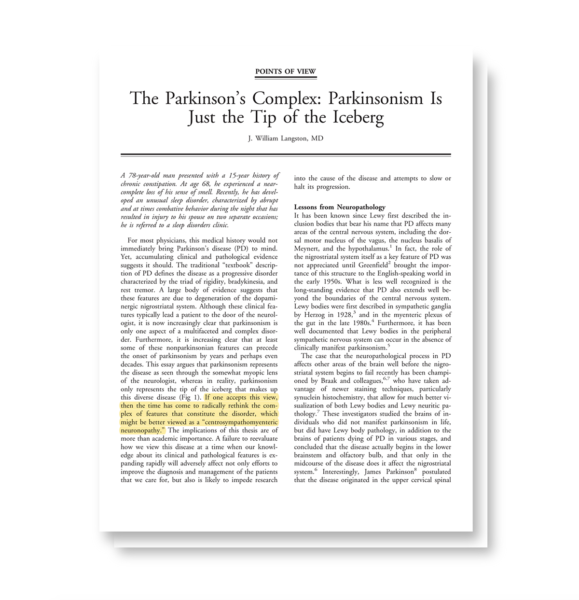 In 2006, Dr. William Langston, the Michael J. Fox Foundation’s first Chief Science Officer, published The Parkinson’s Complex: Parkinsonism Is Just the Tip of the Iceberg. [3] In short, Dr. Langston’s seminal paper stated there is more to PD than the loss of dopamine-producing neurons in the brain.
In 2006, Dr. William Langston, the Michael J. Fox Foundation’s first Chief Science Officer, published The Parkinson’s Complex: Parkinsonism Is Just the Tip of the Iceberg. [3] In short, Dr. Langston’s seminal paper stated there is more to PD than the loss of dopamine-producing neurons in the brain.
Instead, Parkinsonism involves multisystem breakdowns. Therefore, he stated, “Rather, we must deal with all aspects of the disease if we are to modify its progress in a way that truly enhances the lives of our patients over the long term.“
Likewise, researchers connect negative systemic influences with heart failure, kidney disease, Alzheimer’s, diabetes, and so on.
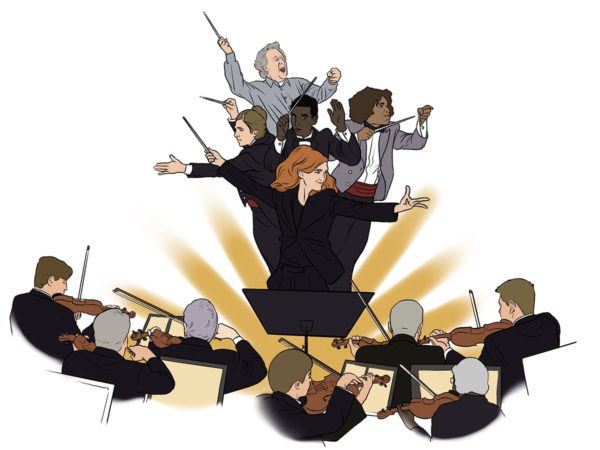 Succinctly, as we age, our cells, tissues, organs, and systems lose harmony. [4] [5] [6] Instead, multiple conductors direct the orchestra according to their respective interpretations of the score.[7] [8] [9] [10] [11]
Succinctly, as we age, our cells, tissues, organs, and systems lose harmony. [4] [5] [6] Instead, multiple conductors direct the orchestra according to their respective interpretations of the score.[7] [8] [9] [10] [11]
In other words, our immune, vascular, nervous, and other systems give dissonant instructions to our cells, tissue, and organs. Simply put, multisystem disharmony is the overarching factor underlying Mary’s symptoms. [12] [13] [14] [15] [16]
After her one-time treatment, Mary’s ADRCs restored physiologic harmony.
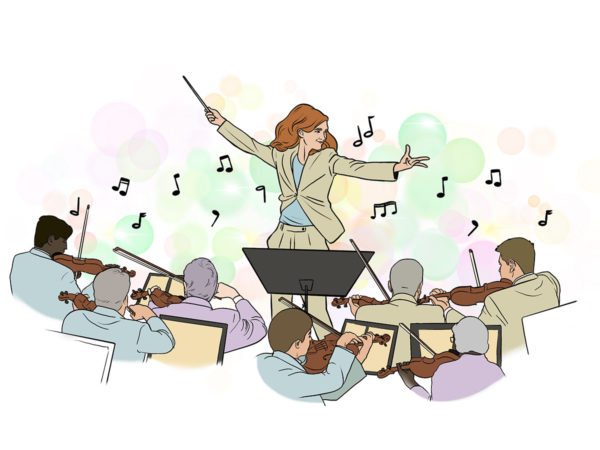 In scientific terms, her restorative cells secreted hundreds of healing, or trophic factors, that signaled the resident cells to resume playing according to her musical score.
In scientific terms, her restorative cells secreted hundreds of healing, or trophic factors, that signaled the resident cells to resume playing according to her musical score.
Put another way, Dr. Caplan’s Medicinal Signaling Cell framework performed better than he hypothesized. The cellular cross talk between the MSCs and the resident cells restored multisystem homeostasis.
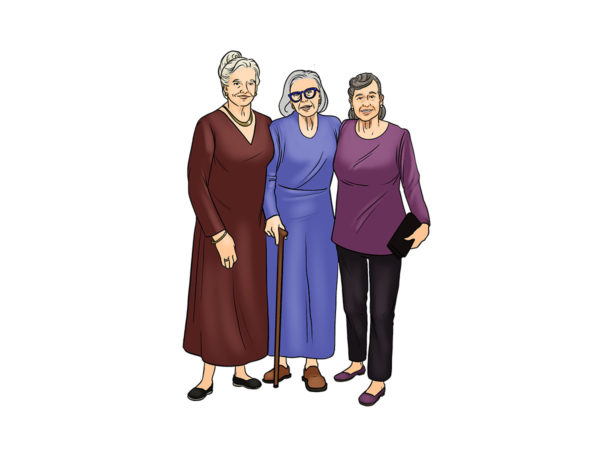 In the real world, Mary’s mood, energy, motor control, balance, and pain score remain improved for more than seven years.
In the real world, Mary’s mood, energy, motor control, balance, and pain score remain improved for more than seven years.
Further, Mary’s outcome validated Dr. Langston’s 2006 hypothesis. Most important, Mary, her friends, and her family enjoyed her Comeback to the Future.
[2] Schneider T A brief review of molecular information theory Nano Commun Netw. 2010 September; 1(3): 173–180
[3] Langston J W The Parkinson’s Complex: Parkinsonism Is Just the Tip of the Iceberg Annals of Neurology Vol 59 No 4 April 2006
[4] Takuya Kishi Heart failure as an autonomic nervous system dysfunction Journal of Cardiology (2012) 59, 117—122
[5] Sági B et al The prognostic role of heart rate recovery after exercise and metabolic syndrome in IgA nephropathy BMC Nephrology (2021) 22:390
[6] McCaulley M and Grush K Alzheimer’s Disease: Exploring the Role of Inflammation and Implications for Treatment International Journal of Alzheimer’s Disease Volume 2015, Article ID 515248,
[7] Kelleher R, Soiza R Evidence of endothelial dysfunction in the development of Alzheimer’s disease: Is Alzheimer’s a vascular disorder? Am J Cardiovasc Dis 2013;3(4):197-226
[8] Dantzer R. Neuroimmune Interactions: From the Brain to the Immune System and Vice Versa. Physiol Rev. 2018;98(1):477-504.
[9] Amiya E MD PHD et al The Relationship between Vascular Function and the Autonomic Nervous System Ann Vasc Dis Vol. 7, No. 2; 2014; pp 109–119 Online Month May 16, 2014
[10] Tracey K The inflammatory reflex Nature Vol 420 19/26 December 2002
[11] Simora N et al. The Role of the Immune System in Metabolic Health and Disease Cell Metabolism 25, March 7, 2017
[12] Kelleher R, Soiza R Evidence of endothelial dysfunction in the development of Alzheimer’s disease: Is Alzheimer’s a vascular disorder? Am J Cardiovasc Dis 2013;3(4):197-226
[13] Dantzer R. Neuroimmune Interactions: From the Brain to the Immune System and Vice Versa. Physiol Rev. 2018;98(1):477-504.
[14] Amiya E MD PHD et al The Relationship between Vascular Function and the Autonomic Nervous System Ann Vasc Dis Vol. 7, No. 2; 2014; pp 109–119 Online Month May 16, 2014
[15] Tracey K The inflammatory reflex Nature Vol 420 19/26 December 2002
[16] Simora N et al. The Role of the Immune System in Metabolic Health and Disease Cell Metabolism 25, March 7, 2017

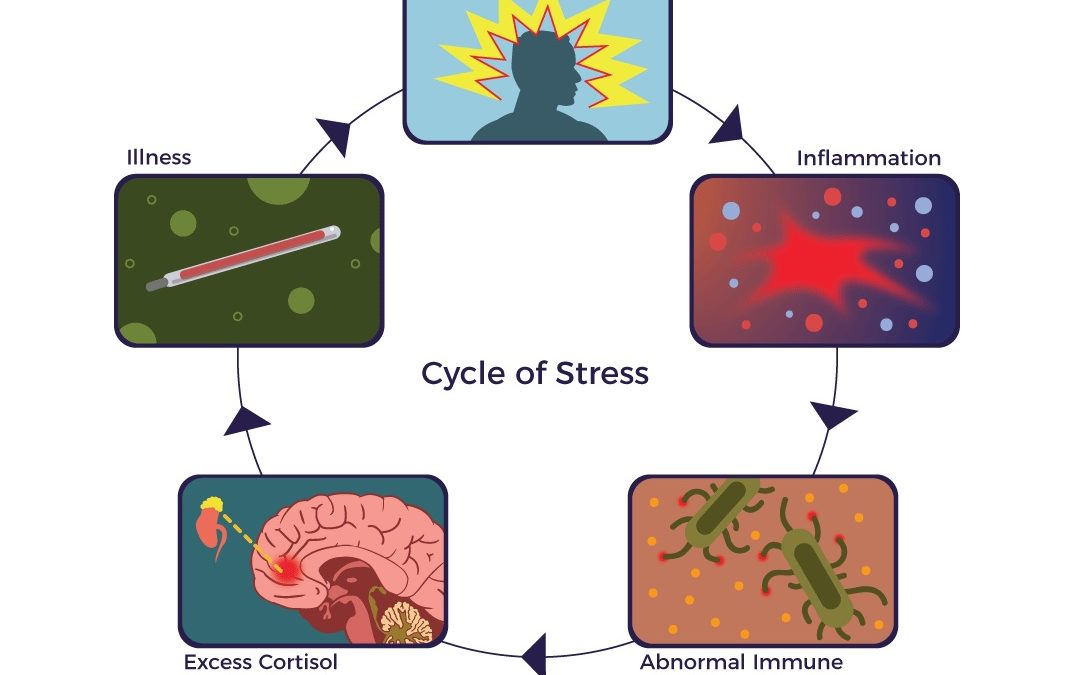

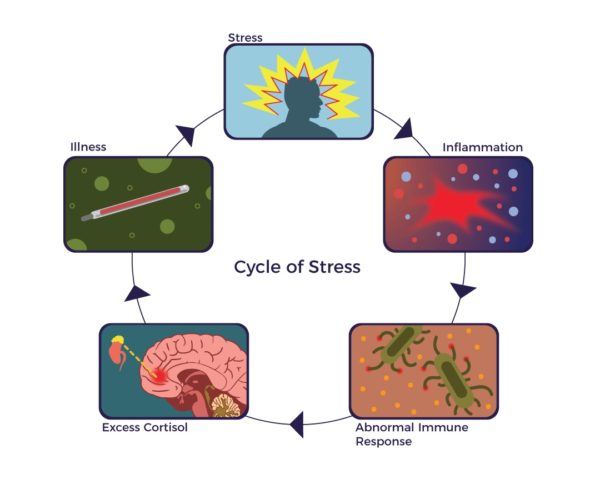 What causes a flare?
What causes a flare?

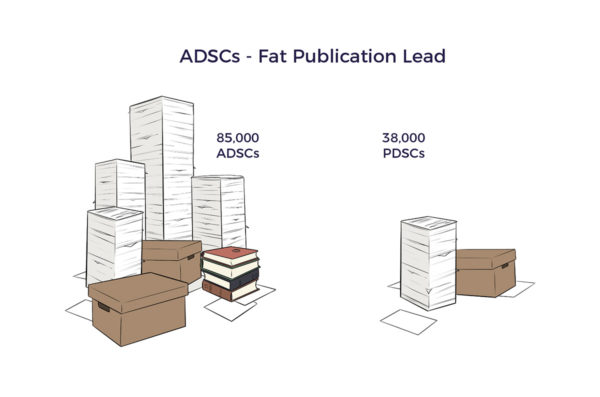
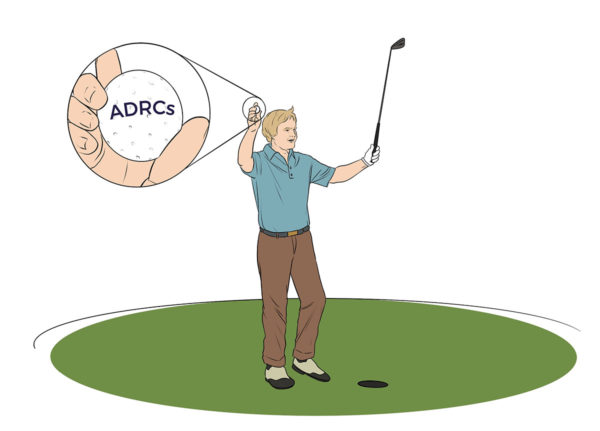 Apparently, Tony didn’t know
Apparently, Tony didn’t know  Note, Jack said “helped me” – stem cells are the fertilizer – physical therapy, appropriate exercise, and a healthy lifestyle are the gardeners that restore health.
Note, Jack said “helped me” – stem cells are the fertilizer – physical therapy, appropriate exercise, and a healthy lifestyle are the gardeners that restore health.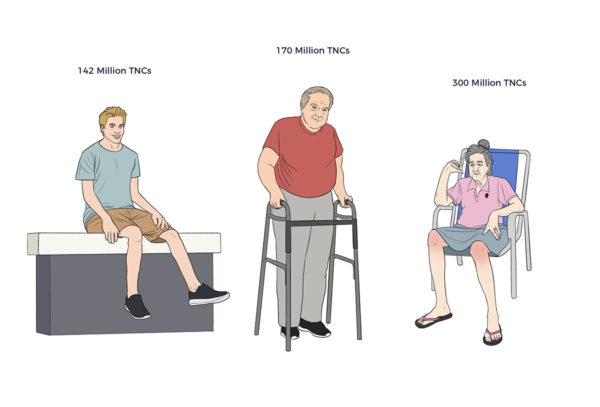 On the other side of the coin, a 15-year-old spinal cord injury patient’s yield was right up there with Bob. Six months post-cell therapy and more than one year after his catastrophic injury, the young man regained bilateral motor control of his hip flexors and quads. Standard of Care SCI patients plateau at about 12-months – remarkably, this young man’s path is accelerating.
On the other side of the coin, a 15-year-old spinal cord injury patient’s yield was right up there with Bob. Six months post-cell therapy and more than one year after his catastrophic injury, the young man regained bilateral motor control of his hip flexors and quads. Standard of Care SCI patients plateau at about 12-months – remarkably, this young man’s path is accelerating.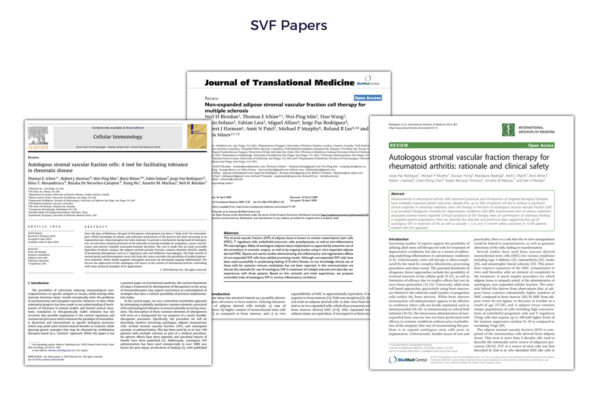 Recent research clarifies that donor stem cells are “immune-evasive, not immune-privileged,” counter to the proponents of allogeneic cell therapy.
Recent research clarifies that donor stem cells are “immune-evasive, not immune-privileged,” counter to the proponents of allogeneic cell therapy.
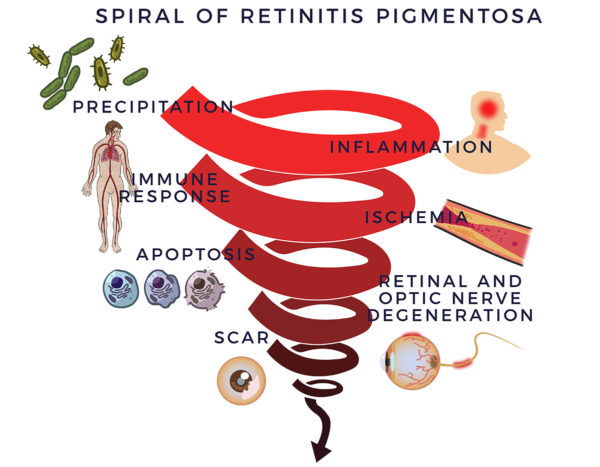 In 1857, Dr. Donders identified a group of incurable eye disorders he named retinitis pigmentosa (RP). But it was not as simple as that: Subsequently, researchers discovered over 100 genes that can contain mutations leading to retinitis pigmentosa. But genetic abnormalities do not clarify everything; half of RP cases lack previous family history and explanation.
In 1857, Dr. Donders identified a group of incurable eye disorders he named retinitis pigmentosa (RP). But it was not as simple as that: Subsequently, researchers discovered over 100 genes that can contain mutations leading to retinitis pigmentosa. But genetic abnormalities do not clarify everything; half of RP cases lack previous family history and explanation.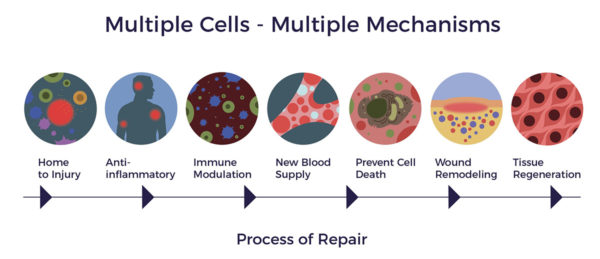
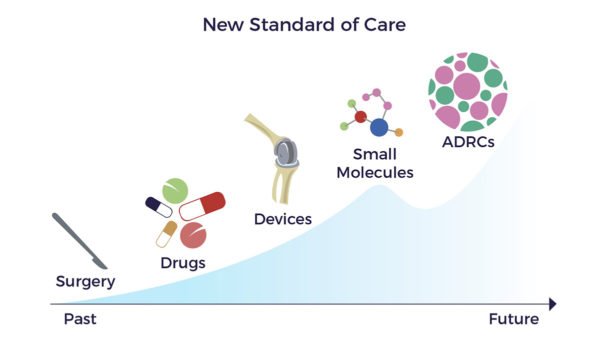 Drug and gene therapy developers continue to pursue the failed “one molecule or gene for one disease model” for RP. This minimalist approach has not produced a drug or gene therapy that changes disease progression or improves patients’ best-corrected visual acuity (BCVA).
Drug and gene therapy developers continue to pursue the failed “one molecule or gene for one disease model” for RP. This minimalist approach has not produced a drug or gene therapy that changes disease progression or improves patients’ best-corrected visual acuity (BCVA).

 ADRCs are a heterogeneous population of cells, including mesenchymal stem cells, other progenitor cells, fibroblasts, T-regulatory cells, and macrophages. The mix includes a high percentage of endothelial cells, endothelial progenitor cells, macrophages, and leukocytes.
ADRCs are a heterogeneous population of cells, including mesenchymal stem cells, other progenitor cells, fibroblasts, T-regulatory cells, and macrophages. The mix includes a high percentage of endothelial cells, endothelial progenitor cells, macrophages, and leukocytes. After homing to an inflammatory signal, the ADRC-secretome releases hundreds of cytokines and growth factors to the diseased microenvironment. The endogenous cells send signals back to the ADRCs.
After homing to an inflammatory signal, the ADRC-secretome releases hundreds of cytokines and growth factors to the diseased microenvironment. The endogenous cells send signals back to the ADRCs.

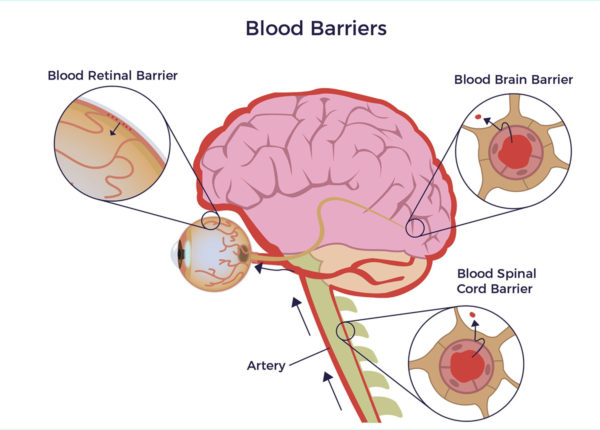 Permeating the Blood-Retinal-Barrier
Permeating the Blood-Retinal-Barrier More than 40 countries have approved Celution for clinical use, including the United Kingdom, the European Union, Japan, South Korea, and New Zealand. Additionally, FDA has approved Celution for nine clinical trials.
More than 40 countries have approved Celution for clinical use, including the United Kingdom, the European Union, Japan, South Korea, and New Zealand. Additionally, FDA has approved Celution for nine clinical trials.
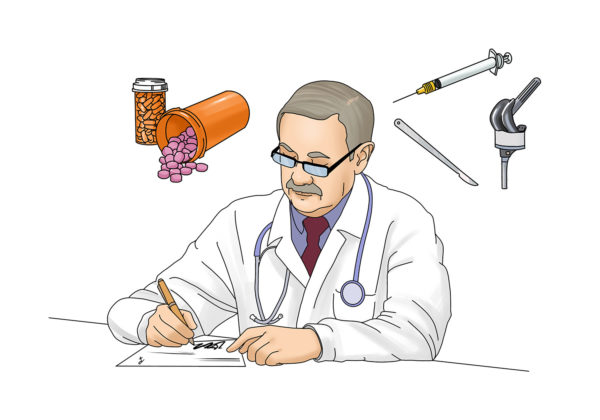 But the average senior sees seven doctors and takes seven meds per year. Thus, we all know someone – or are that someone – who lives with a poor quality of life.
But the average senior sees seven doctors and takes seven meds per year. Thus, we all know someone – or are that someone – who lives with a poor quality of life. Self-proclaimed biohacking broscientists are on the other end of the spectrum.
Self-proclaimed biohacking broscientists are on the other end of the spectrum.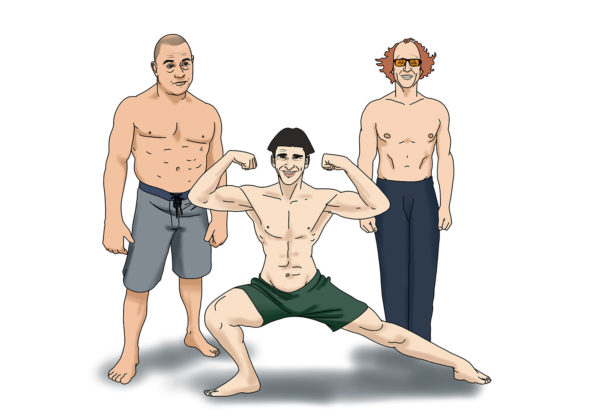 If something might just help your health – no proof required- one of the broscientists will sell or promote it. In doing so, they claim their products, equipment, books, podcasts, and psychedelic drugs are the solution to everything from chronic disease to healthy aging.
If something might just help your health – no proof required- one of the broscientists will sell or promote it. In doing so, they claim their products, equipment, books, podcasts, and psychedelic drugs are the solution to everything from chronic disease to healthy aging.
 Like big pharma, biohacking is big business. If we stacked on top of one another all the equipment, products, supplements, coffee, food, books, course materials, franchise documents, blog posts, and transcripts the big three market, it would be the height of a 10-story super-store.
Like big pharma, biohacking is big business. If we stacked on top of one another all the equipment, products, supplements, coffee, food, books, course materials, franchise documents, blog posts, and transcripts the big three market, it would be the height of a 10-story super-store. The polar opposites are the stars of the back-to-basics formula. They are everyday folks who enjoy life into their 80s, 90s, and 100s with intact memories, healthy hearts, and rich social lives.
The polar opposites are the stars of the back-to-basics formula. They are everyday folks who enjoy life into their 80s, 90s, and 100s with intact memories, healthy hearts, and rich social lives. On a personal basis, the pillars of the Power of Simplicity encompass the future of healthy, happy, and dignified aging. And you can splurge on them without having to spend any money at the Biohacking Superstore.
On a personal basis, the pillars of the Power of Simplicity encompass the future of healthy, happy, and dignified aging. And you can splurge on them without having to spend any money at the Biohacking Superstore.